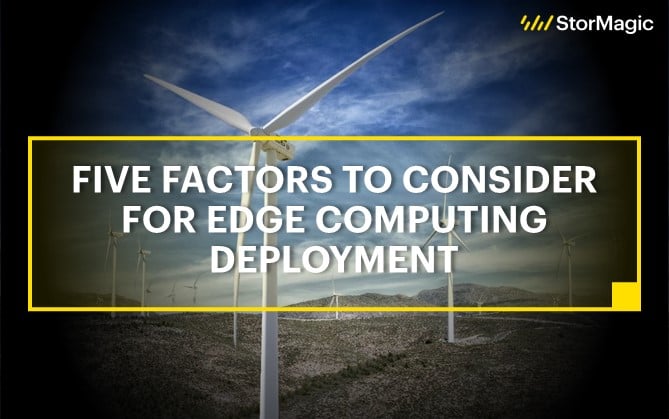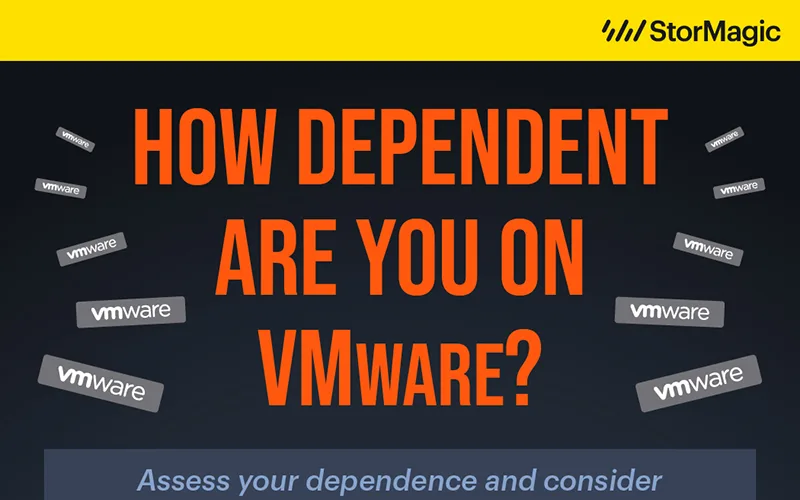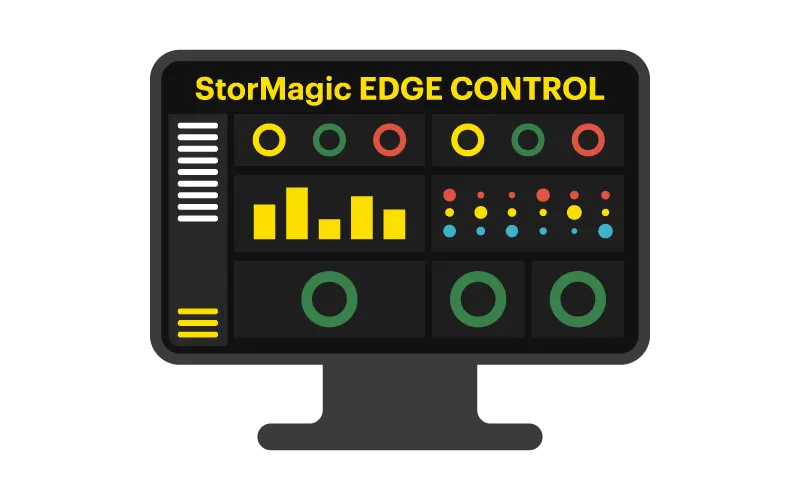Organizations pursuing edge computing deployments need to consider all the different factors that characterize their edge environments, and then look for a solution that addresses as many of the challenges that are presented as possible.
A typical edge computing use case or environment is not a smaller version of a datacenter, based on exactly the same technologies. Nor is it a convenient place to experiment, as it is often where data is first collected and where the organization must deliver high value without disrupting business activities (for example a retail store, or factory production line).
To understand why, let’s take a look at five factors an organization should consider when deploying IT at the edge.
Tip 1: Fit for Purpose
 Many products sold as “edge” solutions are not actually designed for that purpose—they’re simply marketed for that role or, at best, minimally adapted for edge requirements.
Many products sold as “edge” solutions are not actually designed for that purpose—they’re simply marketed for that role or, at best, minimally adapted for edge requirements.
Some vendors sell standard datacenter equipment for edge use, without accounting for the less-than-perfect environment that may be encountered there like dust, dirt, or even low levels of moisture and oil. Consequently, edge installations have acquired a reputation for being unexpectedly troublesome and costly.
Done correctly, edge computing infrastructure and systems need to be simple, cost-effective, and flexible so that they can be deployed when and where they’re needed, with few limitations and made appropriately secure in any given environment.
Tip 2: Keep it Simple
 At the edge is where the real work gets done. In many of these locations, the environments are extreme, and basic connectivity and power aren’t always a given. That is why edge computing infrastructure setups (hardware and software) need to be designed to deploy easily, protect critical data without human intervention, recover autonomously, and maintain operations under almost any circumstances.
At the edge is where the real work gets done. In many of these locations, the environments are extreme, and basic connectivity and power aren’t always a given. That is why edge computing infrastructure setups (hardware and software) need to be designed to deploy easily, protect critical data without human intervention, recover autonomously, and maintain operations under almost any circumstances.
In practice, edge computing deployments should occur through a centralized hub or management console to avoid any physical intervention on-site, and be capable of doing so at a scale from 1 to 10,000 locations. Your greatest assets at the edge are the people who help run the business, not your IT staff.
When failures occur at a remote site, the staff shouldn’t even be aware that an issue occurred; your edge computing infrastructure should be able to deliver automatic data protection and allow for remote maintenance tasks. So by removing the burden of physical intervention, and making the deployments simple and easy, you’ll relieve a major headache for everyone involved.
Tip 3: Easily Scalable and Expandable
![]() Edge environments are dynamic, with new applications being deployed regularly and data volumes growing exponentially. Therefore, it’s critical that edge infrastructure is designed to accommodate that growth and expand and upgrade with new resources and applications, as easily as the initial deployment.
Edge environments are dynamic, with new applications being deployed regularly and data volumes growing exponentially. Therefore, it’s critical that edge infrastructure is designed to accommodate that growth and expand and upgrade with new resources and applications, as easily as the initial deployment.
Failure to plan for the expansion of an edge environment can lead to expensive upgrades or multiple independent islands of infrastructure to manage. One way that edge computing technologies can help here is by allowing simple, non-disruptive upgrade paths and the ability to scale either compute or storage capacity quickly and easily – ideally without the need for additional license purchases.
Tip 4: Flexible
 This is perhaps the most important consideration because edge computing deployments may involve multiplying sites into thousands of locations. If approached haphazardly, without a plan, the overall edge infrastructure can quickly become complex to manage and strain IT staff.
This is perhaps the most important consideration because edge computing deployments may involve multiplying sites into thousands of locations. If approached haphazardly, without a plan, the overall edge infrastructure can quickly become complex to manage and strain IT staff.
To avoid becoming a nightmare, edge systems should have the flexibility to be deployed into any environment, on any hardware, and be installed with little or no customization and minimal IT skills. Edge deployments should be conceived from the start with an approach to flexibility for the user.
Tip 5: Robust
 Solutions deployed at your network edge should be well adapted to work at the network edge, and shouldn’t break the bank. Over-provisioned, datacenter-class infrastructure is ill-equipped for handling dusty, cramped offices, small amounts of oil splashing up from restaurant fryers, and storage spaces with temperatures in triple digits. Not to mention, it’s massively expensive, making it an unrealistic option for those with hundreds or thousands of locations to deploy in, or those with limited budget and access to resources.
Solutions deployed at your network edge should be well adapted to work at the network edge, and shouldn’t break the bank. Over-provisioned, datacenter-class infrastructure is ill-equipped for handling dusty, cramped offices, small amounts of oil splashing up from restaurant fryers, and storage spaces with temperatures in triple digits. Not to mention, it’s massively expensive, making it an unrealistic option for those with hundreds or thousands of locations to deploy in, or those with limited budget and access to resources.
Some advice: stop paying more for equipment that simply doesn’t meet your needs. Opt instead for solutions tailored to withstand these harsh environments. They should be able to:
- Run with minimal system requirements (as little RAM and CPU as possible)
- Provide your company with highly available shared storage, ideally with just two nodes
- Support hundreds or thousands of sites as easily as one
- Enhance performance and data protection
Make edge computing deployments simple with StorMagic SvSAN
A hyperconverged, software-defined storage solution, StorMagic SvSAN is purpose-built for the harshness of the edge. Using centralized deployment and management for one to thousands of sites, SvSAN is a true ‘set and forget’ solution, freeing users of headache and complexity. With a small footprint, SvSAN is able to operate on even the smallest of servers including HPE’s ProLiant MicroServer Gen10 Plus series – their most lightweight, compact solution yet – making it ideal for cramped storage closets, under the desk in small office spaces, or anywhere where space is limited. You can even run it to run on as little as 1GB RAM/1 vCPU/1GbE.
Need to deploy SvSAN on Linux? Refurbished servers? Your existing architecture? No problem! SvSAN offers users the flexibility to use any x86 server, any CPU, any storage combination, on any hypervisor. So you’ll only need to buy what you need now, and scale or expand when it’s right for you.
StorMagic SvSAN also provides its users with highly available, secure shared storage using just two nodes, a lightweight witness that supports 1,000 clusters, and caching and encryption features to enhance performance and protection.
For a more in-depth overview of edge computing – what it is, how it works, and the benefits it delivers, check out our Beginners Guide. Or for more information about SvSAN, who uses it, and how its helping thousands of SMBs and Branch offices across the globe, contact our sales team, or jump over to our product page.




